This new year’s eve, instead of drinking three pints of wine, why not use it to make your own batch of writing ink? Here’s a recipe written by Edward Cocker (1631-1675). Cocker was a London mathematician and engraver, who taught writing and arithmetic. His extraordinary talent as a calligrapher enabled him to create over 20 copy books, which included alphabets in “German”, “Italian”, “Roman”, and “Print” hands. In addition, his manuals offered instruction in cutting pen nibs, holding the pen, and the making of ink. These actual recipes are rare and Cocker’s continues to be a resource to contemporary artists and historians.
A slightly earlier recipe can be found in the online text A Booke of Secrets: shewing diuers waies to make and prepare all sorts of inke, and colours … Also to write with gold and siluer, or any kind of mettall out of the pen … newly translated into English, by W.P. (London: Printed by Adam Islip for Edward White, and are to be sold at his shop at the little north dore of Pouls, at the signe of the Gun, 1596). Search the title in the main catalog or use your Princeton ID to log into http://wwwlib.umi.com/eebo/image/3783
Cocker is perhaps best-known for his manuals on basic arithmetic, reissued in dozens of editions over several centuries. Graphic Arts holds: Cocker’s Tutor to Arithmetick: being a new and most easie method, so easie that the meanest capacity may understand it at first sight, written and invented by Edward Cocker master in writing; there is also sold with this book that excellent copy-book called The tutor to writing. (London: Printed by R. D. and are to be sold by Tho. Rooks stationer at the Lamb and Ink-bottle at the East-end of S. Paul’s Church, where is also sold all sorts of blanck bonds, [1664]). GAX 2004.3217N
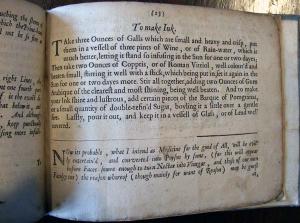
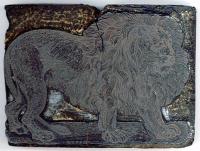
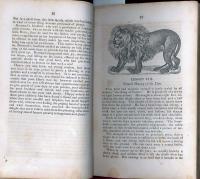

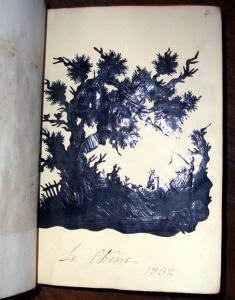
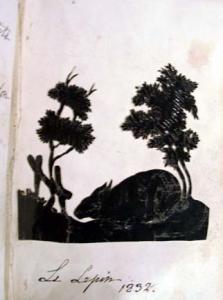
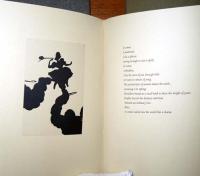
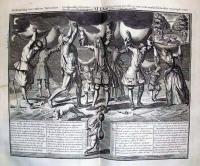

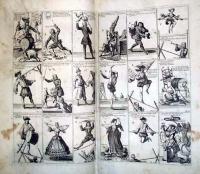
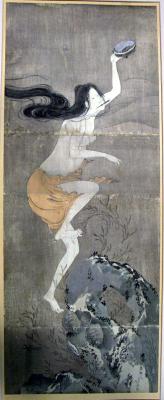
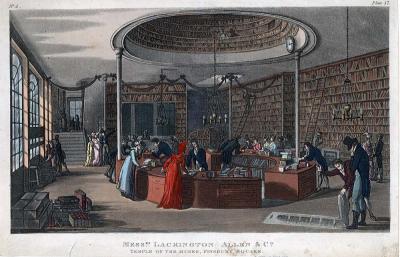
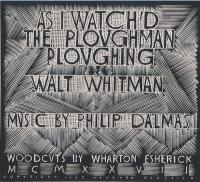
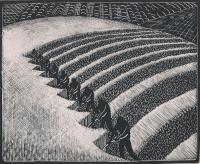
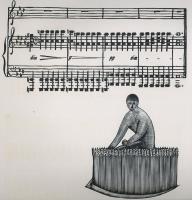
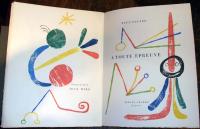
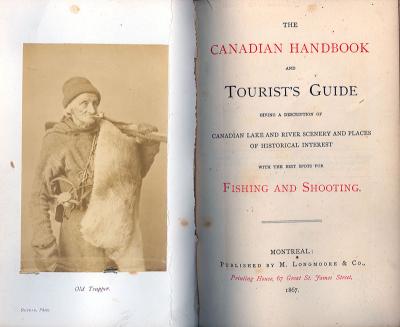
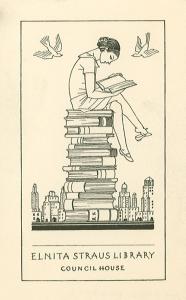

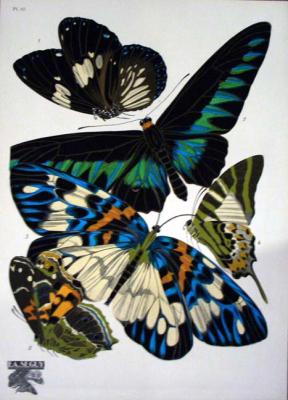
Recent Comments